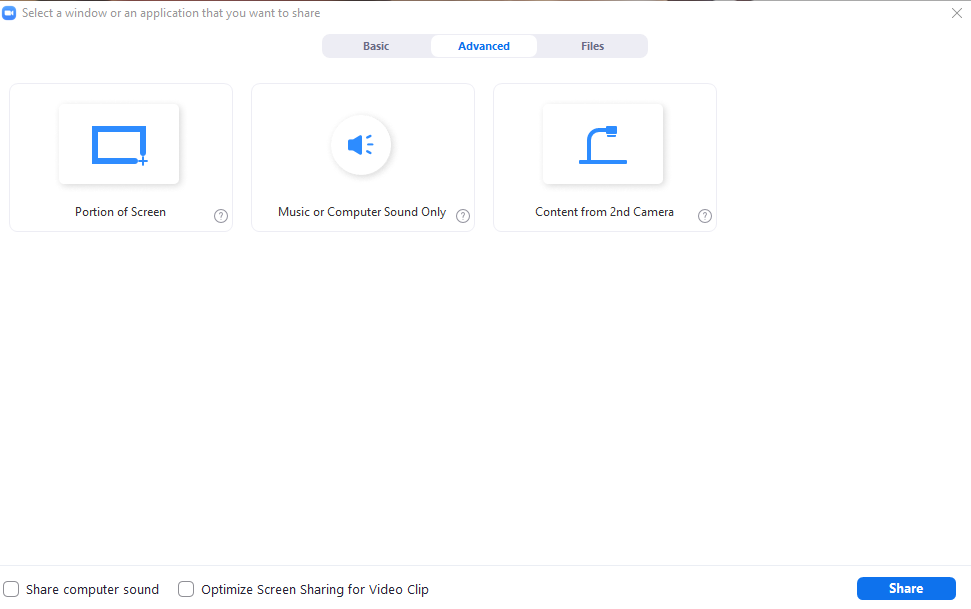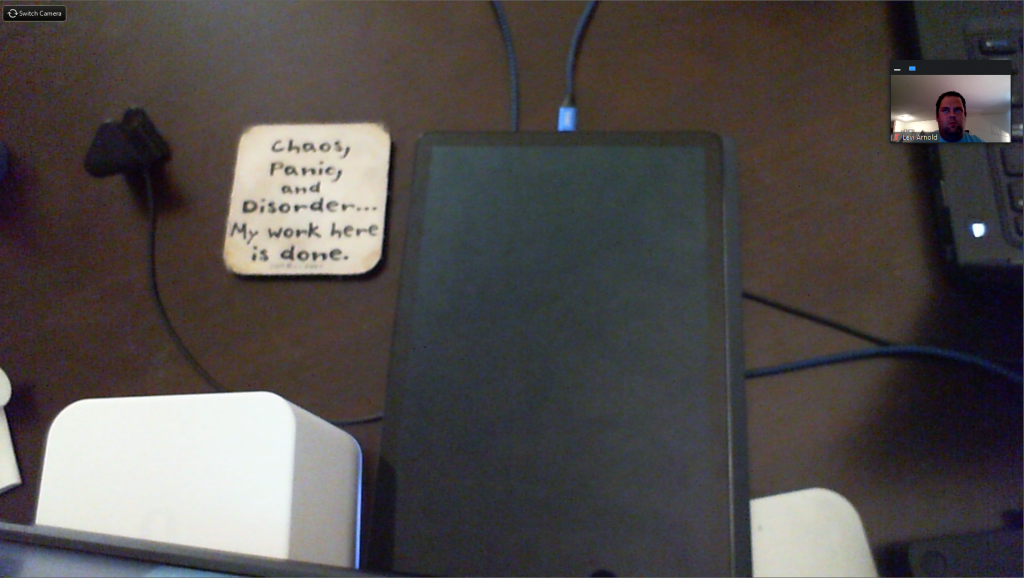Best Practices For Hosting a Hybrid Meeting
During this pandemic, in-person and face-to-face meetings can be especially challenging to host and it can be difficult to generate participation. Online meetings have become more accepted and hosting these meetings has become less challenging (hopefully), but still not without potential pitfalls. “Hybrid meetings,” with participants both in person and at a distance, may be a good compromise – assuming acceptable social distancing, face coverings, and appropriate equipment and room sanitizing is practiced and enforced for local, in-person participants. This overview provides a few guidelines that should be considered when hosting a hybrid meeting.
Good etiquette should be followed: make sure all participants can hear you, they can see you and all participants can see the presentation materials. Avoid distractions such as side conversations, bad lighting, bad camera angles and unmuted microphones.
As with all meetings having an online audience of several participants it is important to have recognized leadership roles with at least one co-host who can help the host monitor for questions and feedback from participants and can assist with technology-related issues.
Where possible, record your session either as a video recording or with a note taker, then plan to distribute the link to the recording or to the notes. Plan to follow up with participants either with a formal survey or with an informal message.
Be aware of the risk of isolating or alienating a participant or group of participants because of their geography. Extra focus may be needed to keep all locations fully engaged in the conversation and discussion.
Realize that meetings with an online audience might take longer to generate discussion while in-person participants may be quicker to respond. When this happens, don’t lose your online participants.
Long agendas with several topics and conversations that are expected to generate a lot of discussion may require that you split your meeting into several sessions or plan to have a follow up session. When it is not possible to split up a session, plan breaks and group similar material. Participants may choose to join the session mid-way through the meeting.
Watch for raised hands and non-verbal communication to indicate when participants cannot participate due to either technology issues or they get pre-empted by other participants.
Acknowledge your online audience participants. Purposefully include online participants into conversations and social interaction as you would with in-person participants.
All meeting materials and content should be equally viewable by all participants. If you plan to use specialized classroom equipment or demonstrate a technique to the class, plan so the online audience can watch too.
If it’s needed, use collaborative tools such as shared documents in OneDrive to generate input from participants.
Before your meeting ends, review action items and those assigned follow up with these items.
If you are interested, a separate blog post was written as a ‘best practices’ guide for online meetings: http://spotlight.okstate.edu/dasnrit/2019/03/26/online-meeting-and-webinar-best-practices/
Links for more information:
https://www.insidehighered.com/blogs/technology-and-learning/growth-hybrid-meeting
https://it.umn.edu/services-technologies/how-tos/web-meetings-hybrid-meeting-good
https://smartmeetings.com/tips-tools/63359/10-tips-and-good-practices-for-planing-a-hybrid-event
Zoom: using a second camera for document/activity feed
Have you ever needed to share live video in Zoom that is not your current webcam? Whether you are needing to use this as a document camera, an activity camera, or a demonstration camera, Zoom has a built-in screen share feature that allows you to do just that.
Before you can start using this feature you will need to have a second camera attached to your computer. While more powerful cameras will give a clearer image, this feature does not require anything more powerful than a standard webcam. Also, there is no setup required other than camera placement.
To start using this feature, attach both cameras to your computer and start your Zoom session. Then make sure that your default camera is correct. It should be facing you with the secondary camera facing the item/activity/people to be shared. Click the Share Screen button in the Zoom Menu. After it opens, select the Advanced share menu option at the top of the window. Select the Content from 2nd Camera option and click the share button. (displayed below.)
 Advanced sharing options from Zoom session.
Advanced sharing options from Zoom session.
This will share the second camera as the main content item and show a small set of speaker windows in the top right of the screen. The attendees will be able to watch the speaker while they are speaking and see the display of the 2nd camera at the same time. (example below.)
 Video feed from 2nd camera while in Zoom session
Video feed from 2nd camera while in Zoom session